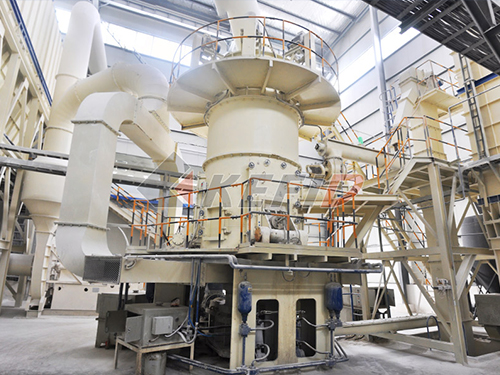PNG Crushed Gravel Market: Pricing Trends and Considerations
Crushed gravel remains a fundamental construction material in Papua New Guinea (PNG), essential for building foundations, road bases, drainage layers, and concrete production. Understanding its pricing dynamics is crucial for contractors, developers, and project planners navigating the local market. Prices are rarely fixed and fluctuate based on several interconnected factors.
Typical Price Range:
Market observations indicate that crushed gravel prices in PNG generally fall within a range of PGK 80 to PGK 200 per cubic meter (m³). However, it’s vital to understand that this is a broad estimate. Securing an accurate quote requires direct contact with suppliers for your specific project requirements and location.
Factors Influencing Price:
1. Location & Transportation Costs: This is often the most significant variable.
Proximity to Quarry: Gravel sourced near the crushing site will be significantly cheaper than material transported long distances over PNG’s challenging terrain.

Delivery Distance: Transport costs within urban centers like Port Moresby or Lae are lower than deliveries to remote Highlands regions or island provinces. Fuel prices and road conditions heavily impact this.
Accessibility: Sites difficult to reach with standard trucks incur higher delivery fees.
2. Gravel Quality & Specifications:
Size/Grade: Different projects require specific aggregate sizes (e.g., 20mm down, 40mm down). Less common sizes might cost more due to specialized screening.
Material Type: The source rock (e.g., limestone, volcanic rock) can influence hardness, durability, and processing cost.
Cleanliness & Gradation: Well-graded, clean gravel free from excessive fines or organic matter commands a premium over poorly processed material.
3. Supplier Operations & Scale:

Quarry Location & Efficiency: Established quarries with efficient crushing plants near demand centers can offer better pricing.
Volume Purchased: Buying large quantities (e.g., for a major road project) typically attracts significant discounts compared to small loads for residential use.
Supplier Competition: Prices may be more competitive in areas with multiple active suppliers compared to regions dominated by one or two sources.
4. Market Demand & Seasonality:
Construction Activity: High demand during peak construction seasons or due to major infrastructure projects can push prices upward.
Weather Conditions: Heavy

Leave a Reply